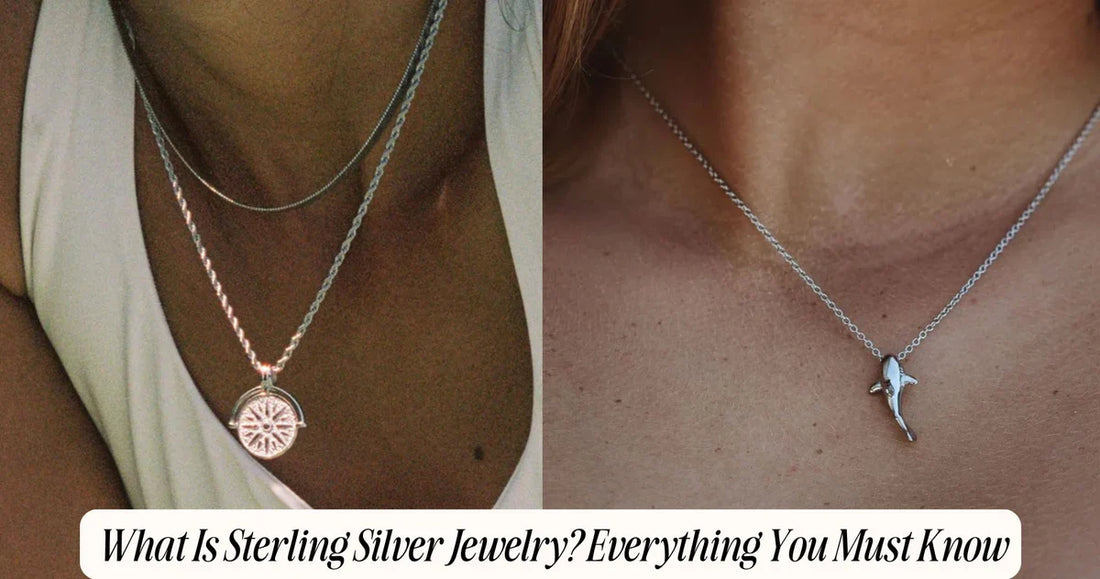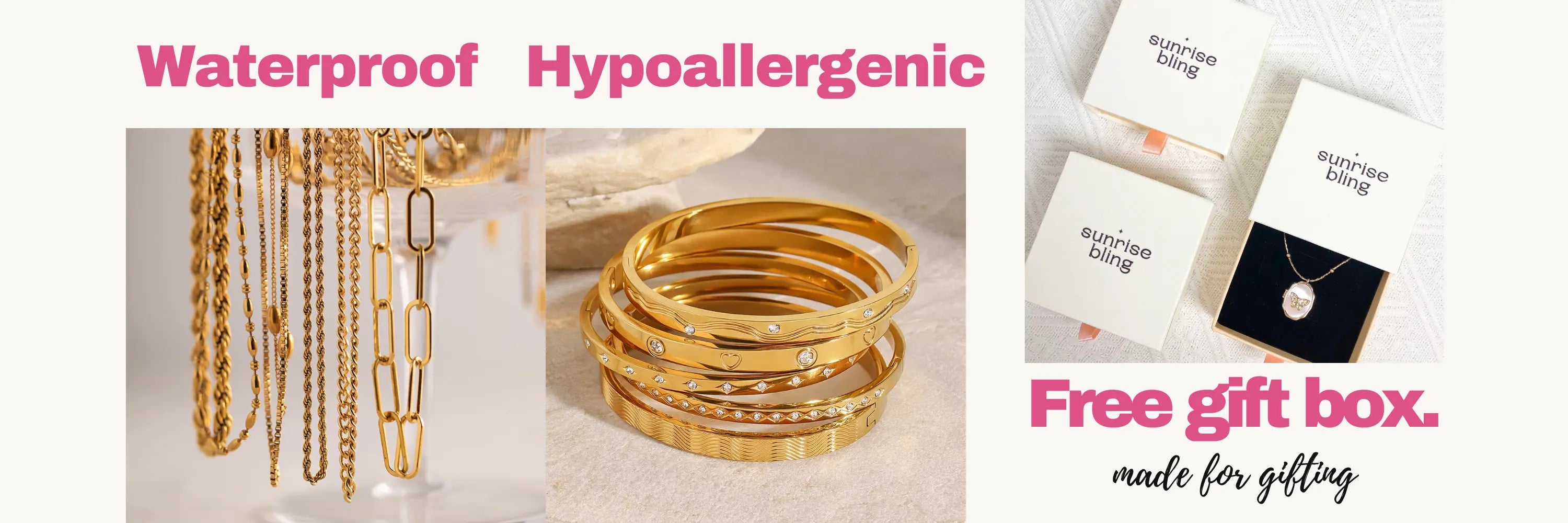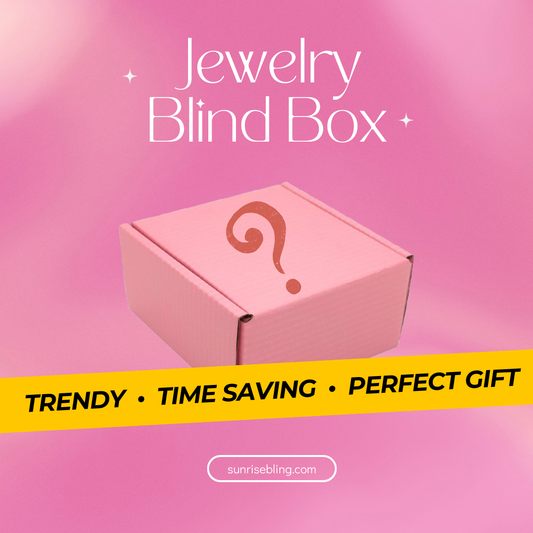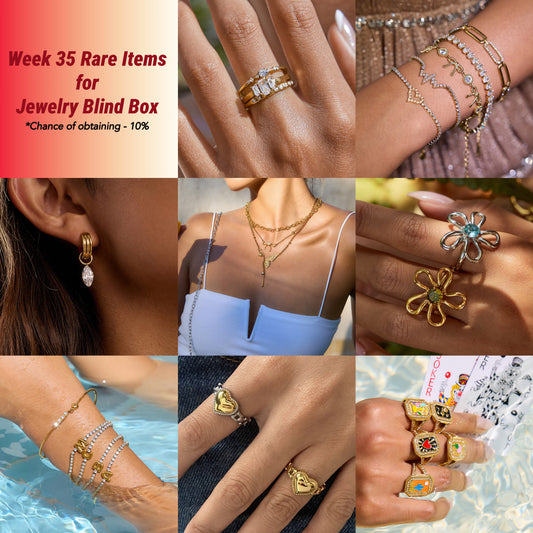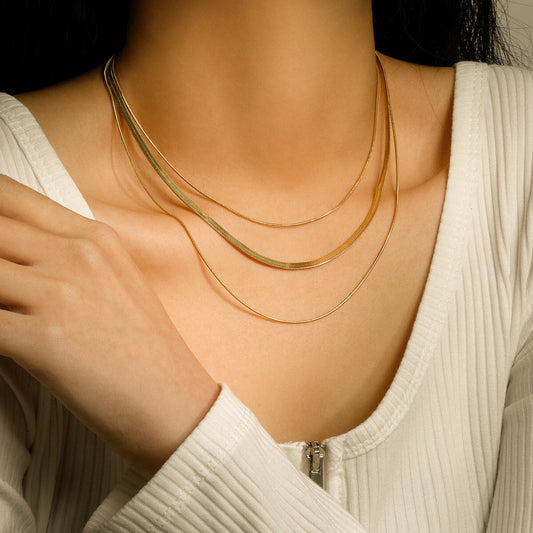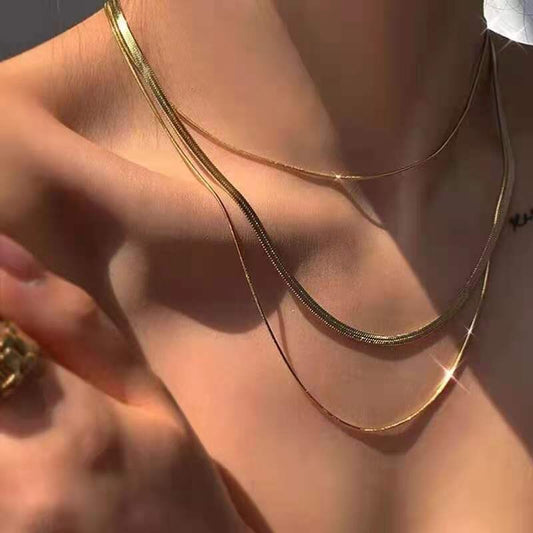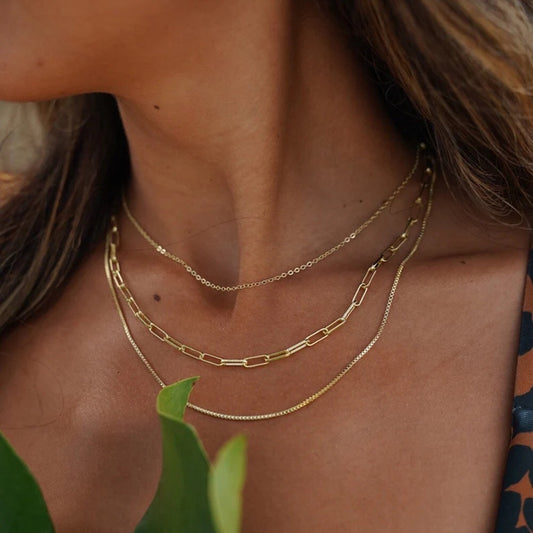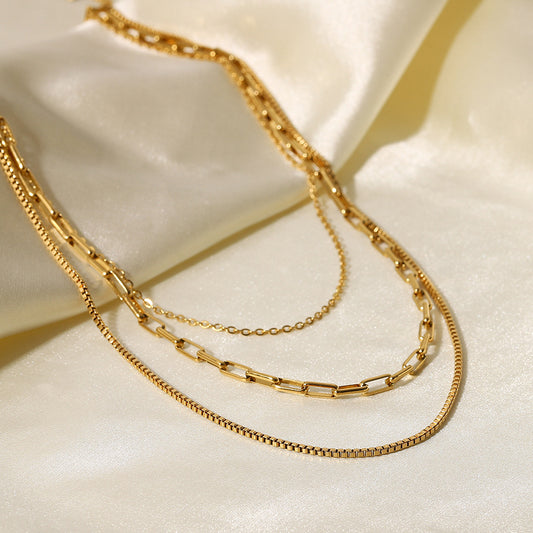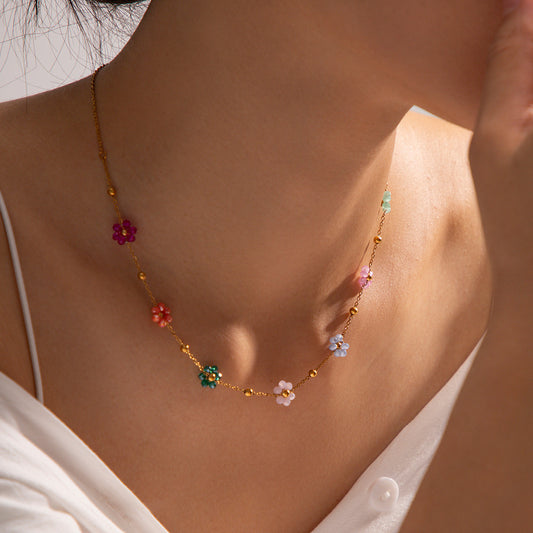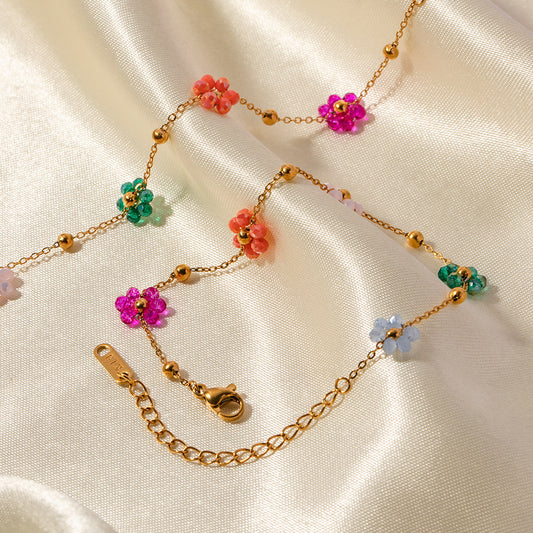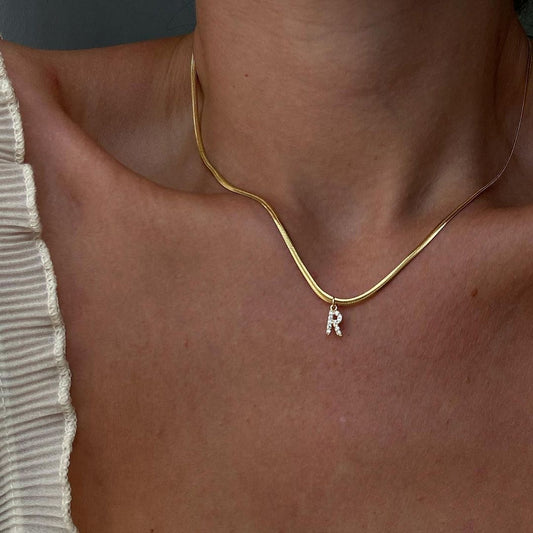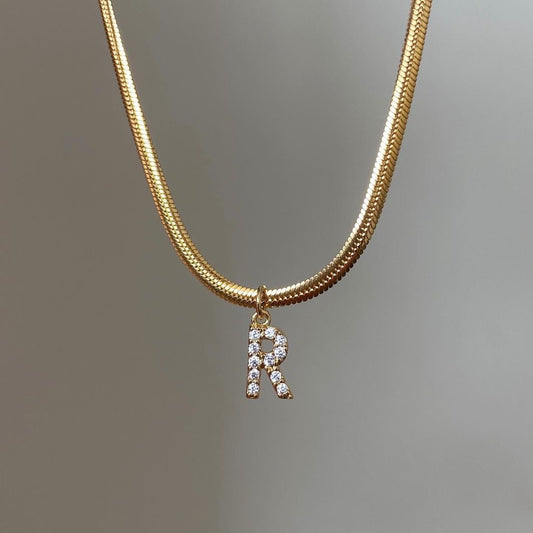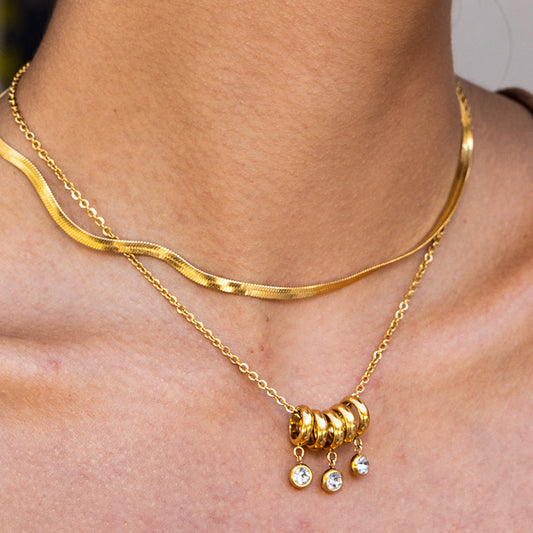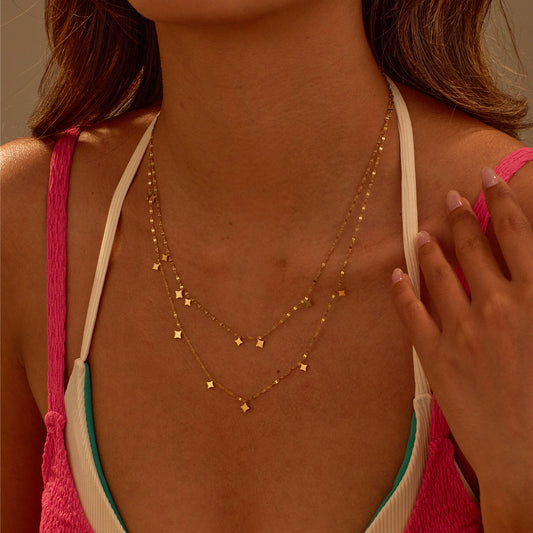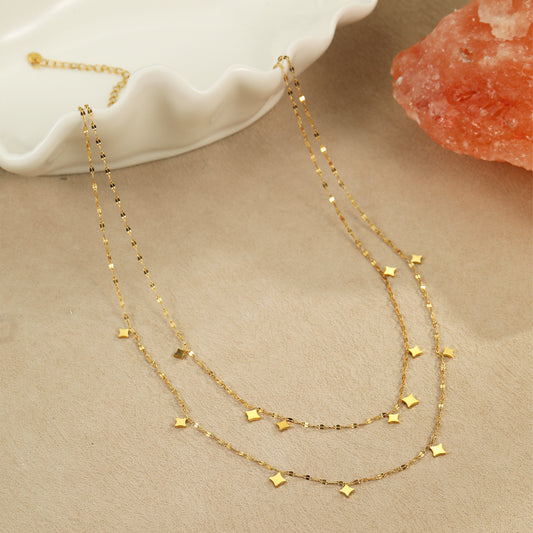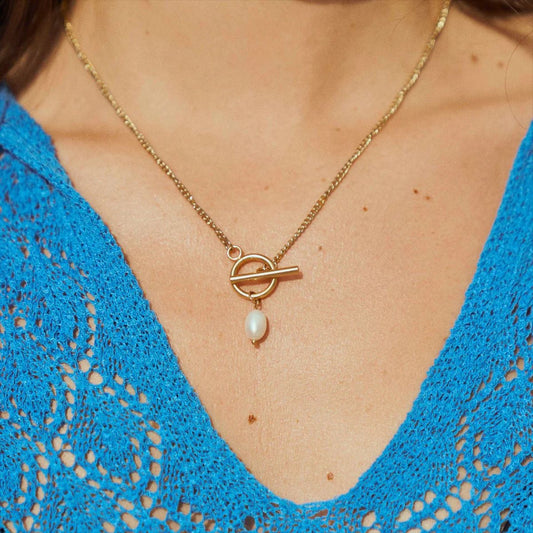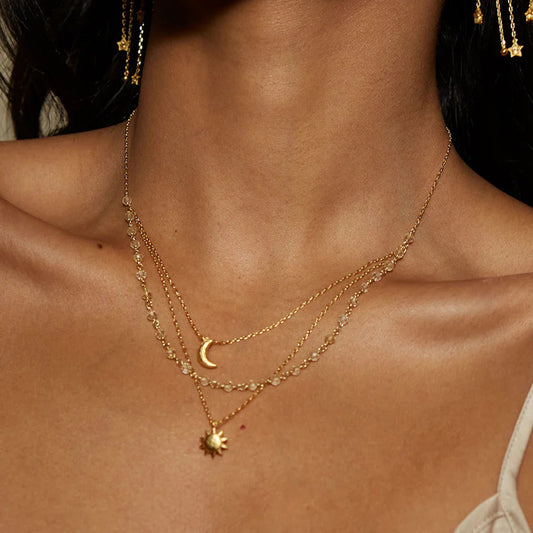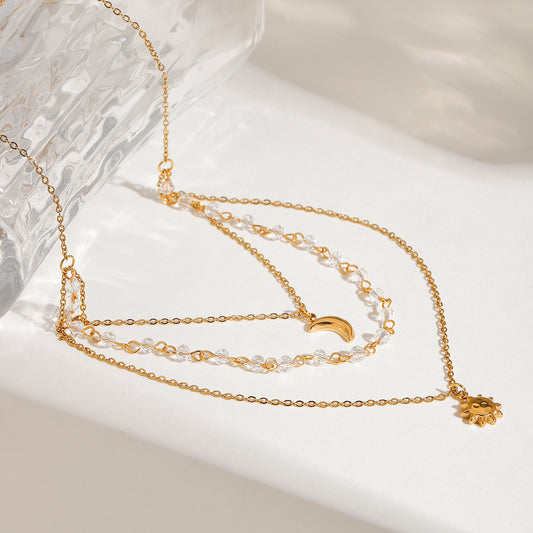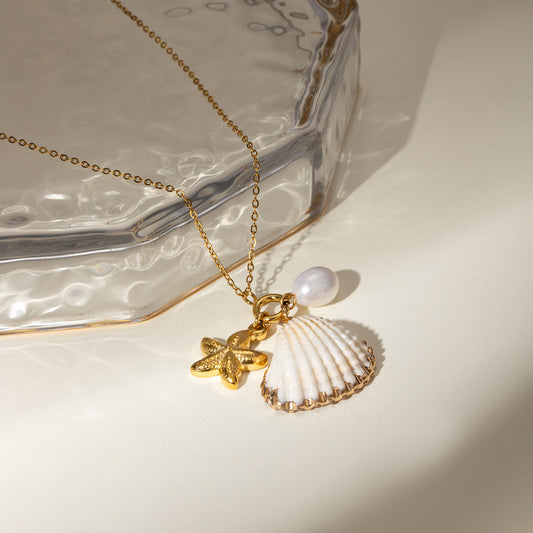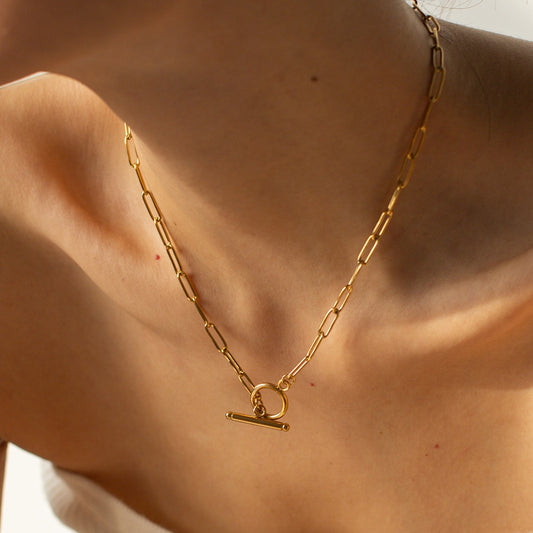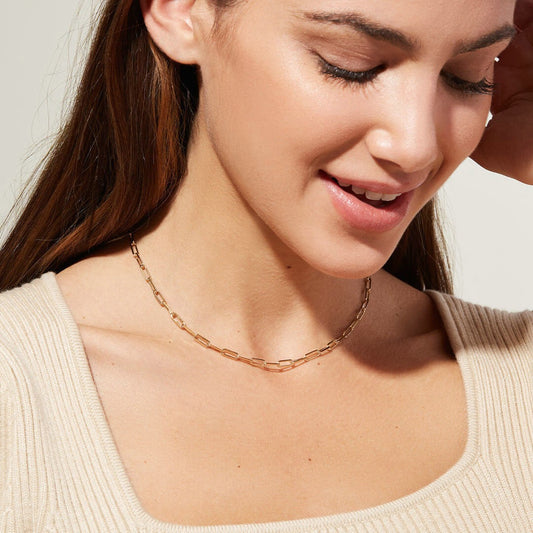What is Sterling Silver? It’s a question asked by millions of jewelry lovers, and the answer goes beyond “a type of silver”—it’s a versatile, durable metal that’s been a staple in jewelry and home goods for centuries. The global sterling silver jewelry market is currently valued at approximately USD 12 billion and is expected to grow. But despite its popularity, many people confuse sterling silver with pure silver or overlook its unique benefits. The truth is, sterling silver balances purity, durability, and affordability in a way few metals do—making it ideal for everyday jewelry, meaningful gifts, and timeless decor. Let’s break down exactly what sterling silver is, what the “925” stamp means, why it’s so beloved, and everything else you need to know to shop, wear, and care for it confidently.

What is Sterling Silver
Core Definition and Purity Standard
Sterling silver is a metal alloy composed of 92.5% pure silver and 7.5% other metals (usually copper, but sometimes zinc, nickel, or palladium). This alloy ratio is not arbitrary—it’s a global standard set to solve a key problem with pure silver (also called fine silver, 99.9% pure):
-
Pure Silver Limitation: Pure silver is extremely soft (Mohs hardness 2.5–3), making it prone to bending, scratching, and losing shape with regular use. A pure silver necklace, for example, might stretch out after a few weeks of wear, or a pure silver ring could warp while typing.
-
Sterling Silver Solution: The 7.5% alloy metals (most commonly copper) boost sterling silver’s hardness to Mohs 3.5–4, making it durable enough for daily-wear jewelry, flatware, and even small home decor pieces. The copper also enhances sterling silver’s strength without dulling its natural shine.
-
Key Trait: Unlike silver-plated metals (a thin silver layer on base metal), sterling silver is “solid” through and through—no chipping, peeling, or fading, even with years of use.

How Sterling Silver Differs from Other Silver Types
It’s easy to mix up sterling silver with other silver products—here’s how they compare:
-
Pure Silver (99.9%): Too soft for most practical uses. Only used for delicate items like decorative chains or collector’s pieces (not daily jewelry).
-
Sterling Silver (92.5%): The sweet spot—hard enough for daily wear, pure enough to retain silver’s signature shine. The most popular choice for jewelry, flatware, and small decor.
-
Silver-Plated: A thin silver layer (0.5–2 microns) bonded to base metal (brass, nickel). Budget-friendly but short-lived—plating wears off after 6–12 months of use.
-
Nickel Silver: Contains no silver at all! It’s an alloy of copper, nickel, and zinc, often used as a base for silver plating. Misleadingly named, so always check for purity stamps.
Common Uses of Sterling Silver
Sterling silver’s balance of durability and beauty makes it suitable for a wide range of items:
-
Jewelry: Necklaces, rings, bracelets, earrings, and charms—its shine complements every skin tone and outfit.
-
Home Goods: Flatware (forks, spoons), tea sets, candle holders, and picture frames—adds elegance to everyday moments.
-
Accessories: Belt buckles, watch bands, and hair clips—small touches that elevate a look.
-
Gifts: Engraved sterling silver jewelry (e.g., initial necklaces, birthstone bracelets) or custom flatware sets—thoughtful and long-lasting.
What is 925 Sterling Silver
The Meaning of the “925” Stamp
If you’ve ever looked inside a sterling silver ring or on the clasp of a sterling silver necklace, you’ve probably seen a “925” stamp—and it’s not just a random number. The “925” refers to the purity ratio: 925 parts pure silver out of 1000 total parts (or 92.5% pure silver). This stamp is a global certification, required by law in most countries (including the U.S., EU, and UK) to indicate that the item is genuine sterling silver.
-
Why “925” (Not “92.5”)? It’s a shorthand for “925/1000,” making it easy to stamp on small jewelry pieces (like tiny earrings or thin rings) where decimal points would be hard to read.
-
Other Related Stamps: Sometimes, 925 sterling silver is also stamped with “STER,” “STERLING,” or country-specific marks (e.g., “Britannia” for UK sterling silver, which is 958/1000 pure—but 925 is the most common globally).
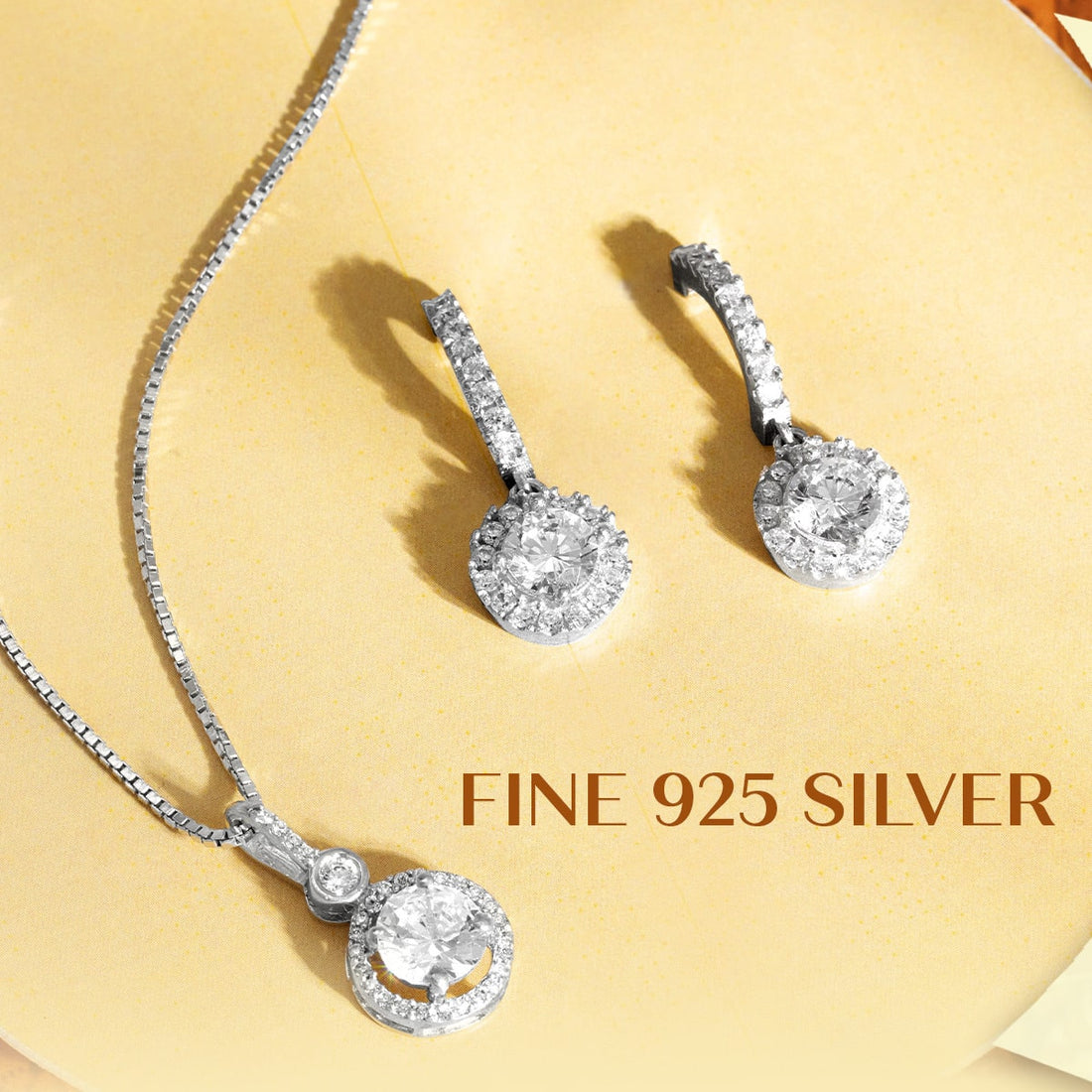
How 925 Sterling Silver is Made
The process of creating 925 sterling silver is precise, ensuring consistency and quality:
-
Melting Metals: Pure silver (99.9%) is melted in a furnace at 961°C (1762°F). Once liquid, copper (or other alloy metals) is added in the exact 92.5:7.5 ratio.
-
Mixing and Casting: The molten alloy is stirred thoroughly to ensure even distribution of metals, then poured into molds to create “ingots” (solid metal bars) or directly into jewelry/cutlery shapes.
-
Shaping and Finishing: The solidified metal is shaped using tools (rolling, hammering, engraving) to create the final product. It’s then polished to a shine—some styles get a “brushed” or “hammered” finish for texture.
-
Stamping: Before packaging, the “925” stamp is applied (via laser or metal punch) to confirm authenticity.

Why 925 is the Gold Standard for Sterling Silver
The 92.5% purity ratio isn’t just a tradition—it’s the optimal balance for practicality and beauty:
-
Durability: The 7.5% alloy prevents the silver from bending or scratching, making 925 sterling silver suitable for daily wear (unlike pure silver).
-
Shine: At 92.5% pure, it retains the bright, cool shine that silver is known for—alloy metals don’t dull the color, just enhance strength.
-
Affordability: Pure silver is more expensive (due to higher purity), but 925 sterling silver is more accessible—making it a budget-friendly option for high-quality jewelry.
-
Tarnish Resistance: While all silver tarnishes (reacts with air to form a dark layer), 925 sterling silver tarnishes slower than pure silver—thanks to the alloy metals, which stabilize the silver.
Why is Sterling Silver so popular
Balance of Purity, Durability, and Affordability
The top reason sterling silver is popular is its unbeatable “triple threat” of qualities:
-
Purity You Can See: At 92.5% pure, it has the signature silver shine that feels luxurious—no “cheap” look like silver-plated metals.
-
Durability for Daily Life: It withstands the wear and tear of everyday use—typing, cooking, carrying a bag—without scratching or bending. A sterling silver bracelet can be worn daily for years without damage.
-
Affordability for All Budgets: Dainty sterling silver earrings start at \(20–\)30; a simple necklace costs \(40–\)80. It’s far more affordable than gold (14k gold necklaces start at $150+) but still feels high-quality.
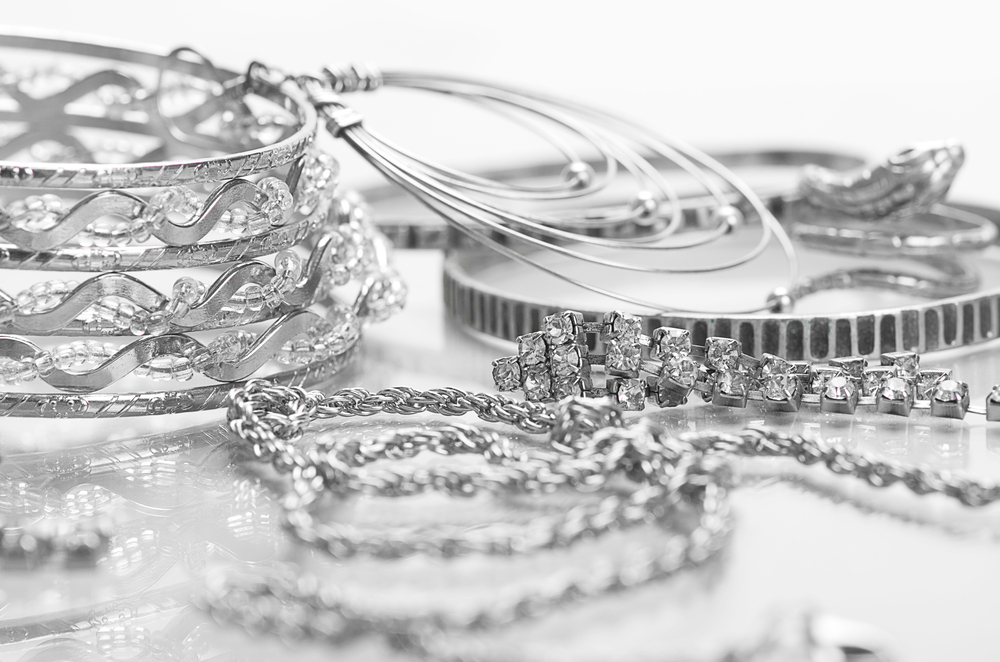
Timeless Shine That Complements Every Style
Sterling silver’s cool, bright tone is universally flattering and versatile:
-
Skin Tone Friendly: It works with warm (olive, tan), cool (fair, pink), and neutral skin tones—unlike gold, which can clash with very cool skin, or copper, which overwhelms warm skin.
-
Outfit Versatility: It pairs with every clothing style—casual (jeans + tee), professional (blazers + slacks), formal (gowns), and bohemian (flowy dresses + boots). A sterling silver pendant necklace elevates a plain outfit in seconds.
-
Timeless Design: Sterling silver jewelry doesn’t chase fast fashion—classic styles (cable chains, solitaire rings) stay elegant for decades. You won’t look back in 5 years and think “this is outdated.”
Hypoallergenic Options for Sensitive Skin
Most sterling silver is safe for sensitive skin—especially if it’s nickel-free:
-
Nickel-Free Alloys: While traditional sterling silver uses copper (hypoallergenic for most), some brands offer nickel-free sterling silver (using zinc or palladium instead of nickel) for those with severe nickel allergies. Look for “nickel-free” labels when shopping.
-
Low Reaction Risk: Unlike silver-plated metals (which expose base metal over time) or nickel silver (which has no silver), sterling silver’s high purity means it rarely causes irritation.
Easy to Customize and Personalize
Sterling silver is easy to engrave, enamel, or set with gemstones—making it perfect for personalized pieces:
-
Engraving: Add initials, dates, or quotes to sterling silver jewelry (e.g., a bracelet engraved with your best friend’s birthday).
-
Gemstones: Small gemstones (birthstones, diamonds, sapphires) set in sterling silver add color without increasing the price too much.
-
Enamel: Vibrant enamel (applied to sterling silver) creates unique designs—think colorful earrings or charm bracelets.
Popular styles of Sterling Silver Jewelry
Sterling Silver Pendant Necklaces (Everyday Favorite)
-
Design: A small to medium pendant (1–3cm) attached to a sterling silver chain (16–18 inches long). Pendants include initials, birthstones, symbols (hearts, stars), or minimalist shapes (circles, bars).
-
Why It’s Popular: Highly personalized—choose a pendant that reflects your personality (e.g., a music note for a musician, a book charm for a reader). The chain is thin enough for daily wear, and the pendant adds subtle meaning.
-
Best For: Casual outfits, workwear, or gifting. Prices: \(40–\)100.
Sterling Silver Stacking Rings (Trendy and Versatile)
-
Design: Thin sterling silver rings (1–2mm thick) with smooth, textured (hammered, brushed), or engraved surfaces. Can be worn alone or stacked with 2–3 other rings.
-
Why It’s Popular: Easy to mix and match—create a custom stack that fits your mood. They’re lightweight, so you can wear multiple rings without discomfort.
-
Best For: Everyday wear, date nights, or anyone who loves layered jewelry. Prices: \(20–\)50 per ring.
Sterling Silver Hoop Earrings (Classic and Cool)
-
Design: Sterling silver hoops in various sizes—small (15–20mm, “huggie” style), medium (25–30mm), or large (35–40mm). Some have textured finishes or small gemstone accents.
-
Why It’s Popular: Timeless—hoop earrings have been in style for decades and never go out of fashion. They add edge to casual looks and polish to formal outfits.
-
Best For: All occasions—from running errands to weddings. Prices: \(30–\)90.
Sterling Silver Charm Bracelets (Sentimental and Fun)
-
Design: A sterling silver chain (usually link or snake style) with removable charms. Charms can be personalized (birthstones, initials) or themed (travel, hobbies, milestones).
-
Why It’s Popular: Buildable—add a new charm for every special moment (e.g., a graduation cap charm, a travel charm from a trip). It becomes a wearable memory book.
-
Best For: Gifting, celebrating milestones, or anyone who loves sentimental jewelry. Prices: \(60–\)150 (bracelet + 3–4 charms).
How to wear Sterling Silver Jewelry
Pairing with Outfits (By Occasion)
-
Everyday Casual:
-
Outfit: High-waisted light blue jeans, a white cropped tee, and white sneakers.
-
Sterling Silver Jewelry: A small sterling silver pendant necklace (18 inches, initial or heart charm) + a stack of 2 thin sterling silver rings. The subtle shine adds warmth to the casual look without overcomplicating it.
-
Work/Professional:
-
Outfit: A navy blazer, a light blue button-down shirt, and tailored black trousers.
-
Sterling Silver Jewelry: A simple sterling silver chain (18 inches, cable style) + small sterling silver hoop earrings (15mm). Polished enough for meetings, not distracting.
-
Date Night:
-
Outfit: A black slip dress, strappy heels, and a small clutch.
-
Sterling Silver Jewelry: A sterling silver charm bracelet (with 5–6 sparkly charms) + medium sterling silver hoop earrings (25mm). The charms add personality, and the hoops add romance.
-
Formal Event (Wedding/Gala):
-
Outfit: A floor-length emerald green gown or a silver sequined dress.
-
Sterling Silver Jewelry: A sterling silver necklace with a small diamond pendant + sterling silver drop earrings (with gemstone accents). The silver’s cool tone balances emerald green, and the diamonds add glamour.
Styling for Different Necklines
The right sterling silver jewelry complements your outfit’s neckline:
-
V-Neck Tops/Dresses: A pendant necklace (18–20 inches) that falls along the V-shape. This draws the eye down and enhances the neckline’s curve.
-
Crew Neck Tops/Dresses: A short chain (16 inches) or choker-style necklace that sits just above the collarbone. Avoid long chains—they’ll get lost under the crew neck.
-
Strapless/Off-the-Shoulder: A choker (14–16 inches) or a short pendant necklace. This frames the neck and shoulders, adding elegance to bare skin.
-
High Neck/Turtleneck: A long chain (20–24 inches) that falls below the neckline. This adds length and avoids crowding the high neck.
Layering Sterling Silver Jewelry (Pro Tips)
Layering sterling silver jewelry is a trendy way to add depth—follow these rules to avoid clutter:
-
Vary Lengths: Choose necklaces of different lengths (e.g., 16 + 18 + 20 inches) so they don’t overlap too much. The shortest should sit at the base of the neck, the longest at the collarbone or below.
-
Mix Textures: Pair a smooth cable chain with a textured wheat chain or a pendant necklace with a plain chain. This adds interest without looking messy.
-
Limit to 3 Pieces Max: More than 3 necklaces or 3 rings look cluttered. Stick to 2–3 for a polished, intentional look.
-
Add 1 Pop of Color (Optional): Mix in a single piece with a colored gemstone (e.g., a sterling silver necklace with a blue sapphire pendant) to brighten the stack. Too many colors will feel disjointed.
Sterling Silver Jewelry: perfect gift for your best friend
Symbolizes Friendship That Lasts
Sterling Silver Jewelry is a perfect gift for your best friend because it mirrors the durability and warmth of your friendship:
-
Longevity: Unlike flowers (which wilt) or chocolates (which are eaten), a sterling silver piece lasts for years. Every time she wears it, she’ll think of you and your bond.
-
Thoughtfulness: It shows you’ve paid attention to her style—choose a piece that fits her aesthetic (minimalist, trendy, sentimental) and she’ll know you put care into the gift.
-
Versatility: It’s not a “one-occasion” gift—she can wear it daily, to work, or to parties. It becomes a part of her routine, not just a keepsake.
Fits Her Style (No Matter What She Loves)
With so many sterling silver jewelry styles, you can find one that matches your best friend’s taste:
-
Minimalist Best Friend: A thin sterling silver chain (18 inches) or a single stacking ring. Simple, elegant, and fits her “less is more” vibe.
-
Trendy Best Friend: A sterling silver layered necklace set or medium hoop earrings with a textured finish. On-trend but not fleeting—she’ll wear it for seasons.
-
Sentimental Best Friend: A sterling silver charm bracelet with a custom charm (e.g., a photo of the two of you, her birthstone, or a symbol of your inside joke). Meaningful and unique.
-
Glamorous Best Friend: A sterling silver necklace with a small diamond pendant or drop earrings with gemstone accents. Sparkly enough for special occasions, sophisticated enough for her style.
Durable for Her Busy Life
Best friends are busy—working, traveling, hanging out—and sterling silver jewelry is tough enough to keep up:
-
No Fragile Care Needed: She can wear it while cooking, typing, or going to the gym (just remove necklaces during intense workouts). It won’t scratch or bend easily.
-
Low-Maintenance: It only needs a quick clean every few weeks to stay shiny. No frequent polishing like pure silver or delicate care like pearl jewelry.
-
Comfortable: Thin sterling silver pieces are lightweight—she’ll barely notice them on her neck, fingers, or wrists, even after hours of wear. No heavy, uncomfortable pieces that she’ll have to take off halfway through the day.
Celebrates Friendship Milestones
Sterling silver jewelry is ideal for marking key moments with your best friend:
-
Birthday: A sterling silver birthstone necklace (her birthstone set in a simple pendant) or a stacking ring engraved with her nickname.
-
Friendship Anniversary: A sterling silver charm bracelet with a charm that represents your first meeting (e.g., a coffee cup if you met at a café, a book if you met in a library).
-
Major Life Events: A new job, move, or graduation—gift a sterling silver necklace with a symbolic charm (e.g., a “new home” charm, a graduation cap, a briefcase for her new career).
How to clean Sterling Silver Jewelry
Sterling silver tarnishes over time (a natural reaction to air and moisture), but cleaning it is simple—follow these steps to keep it shiny:
Supplies Needed (Gentle and Effective)
Avoid harsh chemicals (they can damage silver)—stick to these mild supplies:
-
Mild dish soap (unscented, dye-free—no bleach, ammonia, or citrus, which erode silver).
-
Lukewarm water (not hot—hot water can loosen gemstone settings or warp delicate chains).
-
Soft-bristled toothbrush (unused, extra-soft—hard bristles scratch silver).
-
Lint-free cloth (microfiber or cotton—paper towels leave scratches).
-
Silver polishing cloth (optional—for heavy tarnish; look for “non-abrasive” labels to avoid scratching).
-
Baking soda (optional—for tough tarnish; mix with water to make a paste).
Step-by-Step Cleaning Process
-
Basic Weekly Cleaning (3–5 Minutes):
-
Mix 1 drop of mild dish soap with 1 cup of lukewarm water in a small bowl. Stir to make suds.
-
Submerge the sterling silver jewelry and soak for 5 minutes. This loosens everyday grime (skin oils, lotion, makeup) that dulls shine.
-
For chains/links: Gently scrub between links with the toothbrush to remove trapped dirt.
-
For rings/pendants: Scrub the surface and crevices (e.g., around gemstones) to lift tarnish.
-
Rinse thoroughly under lukewarm water. Hold jewelry over a strainer to avoid dropping it down the drain.
-
Pat dry with a lint-free cloth—never rub (this can scratch the silver’s surface).
-
Deep Cleaning for Tarnished Silver (Monthly):
-
Light Tarnish: Use a silver polishing cloth. Rub gently in circular motions over the tarnished area until shine returns—no water needed.
-
Heavy Tarnish: Make a paste with 1 part baking soda + 2 parts water. Apply a small amount to the silver with a cloth, let sit for 2 minutes, then gently scrub with the toothbrush. Rinse immediately and dry—baking soda is abrasive, so don’t leave it on too long.
-
Gemstone-Accented Silver: Skip baking soda (it scratches soft stones like opals or pearls). Instead, use a damp cloth dipped in soapy water to wipe the silver around the gemstone—avoid getting the stone wet if possible.
Maintenance Tips to Prevent Tarnish
-
Store Properly: Keep sterling silver jewelry in an airtight pouch or lined jewelry box (separate from other metals) to reduce air exposure. For chains, fasten the clasp to prevent tangling (tangled chains trap dirt and tarnish faster).
-
Wear It Often: Surprisingly, wearing sterling silver regularly slows tarnish—your skin’s natural oils create a protective layer. The more you wear it, the less you’ll need to clean it!
-
Remove Before High-Risk Activities: Take off jewelry before swimming (chlorine erodes silver), gardening (dirt scratches), cooking (oils build up), or applying beauty products (perfume, lotion, hairspray leave a film that attracts tarnish).
-
Avoid Humidity: Store silver away from humid areas (e.g., bathrooms)—moisture speeds up tarnishing. Use silica gel packets in jewelry boxes to absorb excess moisture.
What is sterling silver made of
Sterling silver is an alloy—meaning it’s a mix of pure silver and other metals. The exact composition is regulated globally to ensure quality:
Primary Component: Pure Silver (92.5%)
-
Pure Silver (Fine Silver): 99.9% pure silver is the base of sterling silver. It’s mined from silver ores (e.g., galena, argentite) and refined to remove impurities.
-
Why 92.5%?: Pure silver is too soft for practical use (as explained earlier), so it needs to be mixed with harder metals. 92.5% is the highest purity that still maintains durability for daily wear.
Alloy Metals (7.5%): The “Strength Boosters”
The remaining 7.5% is made of metals that enhance sterling silver’s hardness, durability, and sometimes color. The most common options are:
-
Copper (Most Popular): 90% of sterling silver uses copper as the alloy. It’s affordable, hypoallergenic for most people, and boosts hardness without dulling silver’s shine. Copper also gives sterling silver a warm, subtle undertone (vs. pure silver’s cool brightness).
-
Zinc: Sometimes mixed with copper to reduce tarnish. Zinc is hypoallergenic and helps the alloy melt more evenly during production.
-
Palladium: A luxury alloy option (used in high-end sterling silver). It’s more expensive than copper but makes silver more resistant to tarnish and gives it a brighter, whiter finish.
-
Nickel (Rare Now): Once used to cut costs, nickel is now avoided in most sterling silver— it’s a common allergen that causes redness or rashes. Look for “nickel-free” stamps if you have sensitive skin.
Why Alloy Metals Matter
Without alloy metals, sterling silver wouldn’t be practical:
-
Durability: Copper/zinc/palladium makes silver hard enough to withstand daily wear (e.g., a sterling silver ring won’t bend while typing, a chain won’t stretch).
-
Workability: Alloyed silver is easier to shape into jewelry (hammered, engraved, or cast into pendants) than pure silver, which breaks easily during crafting.
-
Affordability: Pure silver is more expensive to mine and refine— alloying it with cheaper metals (copper) keeps sterling silver accessible for most budgets.
What is sterling silver worth
The value of sterling silver depends on two factors: the current market price of silver and the item’s weight/design. Here’s a clear breakdown:
1. Base Value: Market Price of Silver
Sterling silver’s core value is tied to the global spot price of silver, which fluctuates daily (tracked on financial sites like Kitco). As of 2024, the average spot price of silver is \(24–\)28 per troy ounce (1 troy ounce = 31.1 grams).
-
Calculate Sterling Silver Value: Since sterling silver is 92.5% pure, multiply the item’s weight (in grams) by 0.925, then by the spot price per gram (divide spot price per troy ounce by 31.1).
-
Example: A 10g sterling silver necklace.
-
Pure silver weight: 10g × 0.925 = 9.25g.
-
Spot price per gram: \(26 ÷ 31.1 ≈ \)0.836.
-
Base value: 9.25g × \(0.836 ≈ \)7.73.
This is the “raw metal value”—the price a jeweler would pay for the silver alone (before considering craftsmanship).
2. Added Value: Craftsmanship and Design
The retail price of sterling silver jewelry is higher than its raw metal value—craftsmanship adds 50–200% to the cost:
-
Simple Pieces (Stacking Rings, Thin Chains): Craftsmanship adds 50–70%. A 10g necklace with a \(7.73 base value retails for \)11.60–\(13.14 (but real-world prices are \)40–$80, as brands also factor in branding and overhead).
-
Intricate Pieces (Engraved Pendants, Charm Bracelets): Craftsmanship adds 100–200%. A hand-engraved sterling silver bracelet with a \(10 base value retails for \)20–\(30 (plus brand markup, making it \)60–$150).
-
Designer/Brand Names: Luxury brands (e.g., Tiffany & Co., David Yurman) add 200–300% for their name and quality control. A designer sterling silver necklace may cost 3–4x more than a non-designer piece of the same weight.
3. Resale Value (What You Can Sell It For)
Sterling silver holds its value, but resale prices are lower than retail:
-
To Jewelers/Pawn Shops: You’ll get 30–50% of the retail price (or close to the raw metal value, plus a small premium for design). A \(100 sterling silver necklace may sell for \)30–$50.
-
Online Marketplaces (Etsy, eBay): You can get 50–70% of retail if the piece is in good condition (no heavy tarnish, intact gemstones). A well-maintained \(100 necklace may sell for \)50–$70.
-
Vintage/Collector Pieces: Rare vintage sterling silver (e.g., antique flatware, signed designer pieces) can sell for 80–100% of retail—collectors value unique craftsmanship.
Frequently asked questions about Sterling Silver Jewelry
Does sterling silver turn skin green?
Rarely—only if it contains nickel or if the silver is plated (not solid sterling):
-
Solid Sterling Silver (92.5%): No—pure silver and copper (the main alloy) don’t react with skin to cause green discoloration. Any green tint is likely from lotion, perfume, or sweat mixing with silver (wipes off with soap and water).
-
Nickel-Containing Sterling Silver: Yes—nickel reacts with sweat to form green salts. Avoid this by choosing “nickel-free” sterling silver.
-
Silver-Plated Jewelry: Yes—base metals (brass, nickel) show through as plating wears off, causing green skin.
Can I wear sterling silver in the shower?
No—shower water damages sterling silver over time:
-
Chlorine and Minerals: Tap water often has chlorine or minerals that build up on silver, accelerating tarnish.
-
Soap Residue: Body wash/shampoo leaves a sticky film that traps dirt, making silver look dull.
-
Gemstone Risk: Hot water can loosen gemstone settings (e.g., prongs holding a birthstone), increasing the risk of losing stones.
Remove sterling silver jewelry before showering—store it in a dry place until you’re done.
How long does sterling silver jewelry last?
With proper care, 10–50 years—many sterling silver pieces become heirlooms:
-
Daily Wear Pieces (Rings, Chains): 10–20 years with regular cleaning and storage. You may need to polish them monthly, but they won’t break or wear out.
-
Occasional Wear Pieces (Formal Earrings, Charm Bracelets): 30–50 years—less use means less wear, so they stay in better condition.
-
Maintenance Tip: If a chain breaks or a clasp wears out, most jewelers can repair it for \(15–\)30—extending the piece’s life even longer.
Is sterling silver worth buying?
Yes—especially for everyday jewelry or gifts:
-
Value for Money: It’s more affordable than gold but still high-quality (no “cheap” look like plated metals).
-
Durability: It lasts for years, so you won’t need to replace it often.
-
Versatility: It works with every outfit and occasion—you’ll get frequent use out of it.
-
Resale Value: It holds its value better than fashion jewelry, so you can sell it later if you no longer want it.
How do I tell if sterling silver is real (vs. fake)?
Check for these 3 signs of authenticity:
-
Stamps: Look for “925,” “STER,” or “STERLING” engraved on the jewelry (inside rings, on chain clasps, or on pendant backs). Fake silver often has no stamps or fake ones (e.g., “925” that rubs off).
-
Magnet Test: Silver isn’t magnetic—if the jewelry sticks to a magnet, it’s fake (likely silver-plated iron or nickel).
-
Tarnish Test: Rub a small, hidden area with a damp cloth. Real sterling silver will leave a light black mark (tarnish) on the cloth; fake silver won’t.
Conclusion: What is Sterling Silver? Here’s the Truth
Now you know the truth about sterling silver: it’s a 92.5% pure silver alloy that balances durability, beauty, and affordability—making it one of the most versatile metals for jewelry and gifts. Whether you’re wearing a simple sterling silver chain daily, gifting a personalized charm bracelet to your best friend, or caring for a vintage piece, it’s an accessory that grows with you—from casual moments to milestone memories.
Its popularity isn’t just a trend—it’s a testament to its practicality: it complements every style, lasts for decades, and won’t break the bank. And with easy cleaning and maintenance, you can keep its cool shine bright for years.
Ready to add sterling silver to your jewelry collection (or gift it to someone special)? Explore our curated selection today, featuring:
-
Everyday Essentials: Thin sterling silver chains (\(40–\)80), stacking rings (\(20–\)50), and small hoop earrings (\(30–\)90).
-
Personalized Gifts: Engraved necklaces (initials, dates), birthstone pendants, and charm bracelets (\(60–\)150).
-
Vintage-Inspired Pieces: Hammered sterling silver pendants, engraved bracelets, and gemstone-accented earrings (\(80–\)200).
All orders include free shipping on purchases over $50, a 30-day return policy, and a free silver polishing cloth to keep your piece shiny. For a limited time, get 15% off your first sterling silver jewelry order—use code SILVER15 at checkout.
Don’t miss out on owning (or gifting) a piece of jewelry that’s as timeless as it is practical. Shop our sterling silver collection now and experience the truth of why it’s been loved for centuries.

